Welcome to the wonderful world of matcha tea!
Matcha can be a bit of a daunting tea to get into with specific guides on how to make it and even drink it. This can be quite overwhelming, but the benefits of matcha outweigh the struggles in making it!
So let’s bring it back to the basics and discuss matcha for beginners, starting with what is matcha tea in the first place!?
Psst! This blog post contains affiliate links in it which sends me a bit of extra money if you use them… at no extra cost to you!
First, What Is Matcha Tea?
Matcha is a type of green tea from Japan. It’s been enjoyed for centuries as part of a larger tea ceremony.
The first characteristic that you’ll notice about matcha tea is that it’s a powder rather than tea leaves.
The powder is merely finely ground tea leaves (still from the Camellia sinensis plant… Don’t know what that is? Learn more about it in my tea basics post here).
They can’t just used any tea leaves though for matcha powder. The plant has to be shade grown, and you can only use the youngest leaves on the plan.
Then the leaves are steamed and dried to stop oxidization from continuing. This is the only similarity between matcha and green tea!
But there are still a few more processes to turn the leaves into matcha. The leaves are deveined and de-stemmed, which leaves you with small pieces that are then finely crushed into a powder.
You might also be interested in reading…
What Does Matcha Tea Taste Like?
Matcha, like most teas, have a range of flavours depending on the matcha.
It can range from earthy and bitter notes to fresh, grassy flavours. It will likely depend on the quality of the matcha, but more on that in a bit!

Why Add Matcha To Your Diet: Health Benefits Of Matcha
Matcha is filled with antioxidants, vitamins, minerals, and fibres, similar other teas.
But matcha has become more popular over the years because of the amount of these health properties matcha has compared to any other tea!
Why Are There So Many Health Benefits Of Matcha
There were two main differences between matcha and green tea: the plant is shade grown, and the leaves are ground up into a very fine powder.
Both of these differentiating factors give matcha a lot more health benefits.
Shade grown tea leaves produce an increased number of amino acids and L-theanine.
And because matcha is a fine powder, you drink the whole leaf instead of simply brewing the leaves in water. This means you’re gaining all the health properties that are in the leaves, not just what can be steeped out of them!
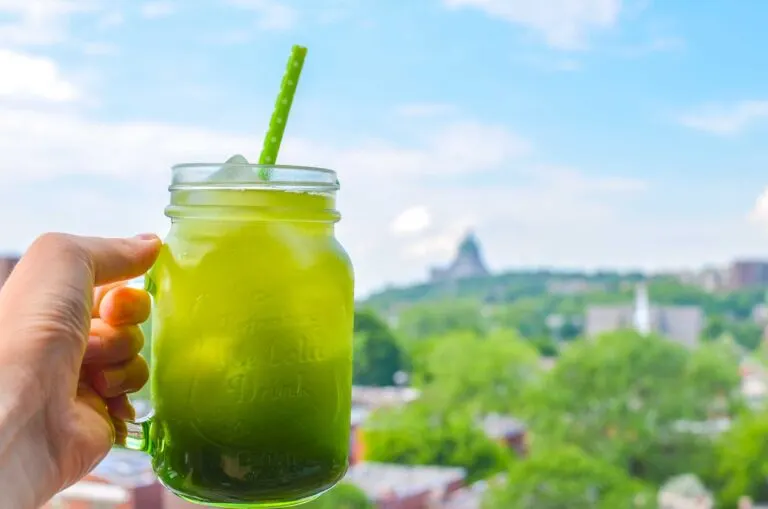
What Is Matcha Tea Good For?
The benefits of matcha come from all the antioxidants.
Antioxidants fight cell damage (known as free radicals). So they help fight off chronic diseases like diabetes and cancer.
It also increases your metabolic rate. So it helps your body work faster at flushing out certain toxins and process healthy nutrients. This is directly related to having a healthier liver.
Matcha can also make you smarter! Okay, maybe that’s a stretch!. But it does boost brain functionality. Matcha has been proven to improve your attention, reaction time, and memory. And as a result of that, you can preform better at work or school.
The increased brain function is thanks to the L-theanine, which is similar to caffeine in coffee, but better! It gives you an extra boost without the terrible crash. It’s more of a relaxing, stress-reducing source of energy – if that makes any sense!
You might also be interested in reading…
It was also proven that matcha improves your long term brain functionality if it’s consumed daily.
Read more about the health benefits of matcha here.

Adding Matcha To Your Diet – How To Drink Matcha
Due to the increased popularity, it seems like you can find an unlimited supply of drinks and foods with matcha.
But the best way to gain all the health benefits of matcha, is to make a matcha drink yourself. This way, you know exactly what’s going in to the drink and there aren’t any added (unhealthy) ingredients. It gives you complete control!
P.S. The matcha at Starbucks has sugar already mixed in to the powder… so even if you ask the barista to make it without any added sugar, it’s not completely sugar free. Starbucks isn’t the only cafe to do this either!
If you’re big on coffee, the easiest way to add matcha to your diet is to replace a coffee with matcha. I’ve replaced by afternoon coffee, this way I get a boost after lunch without a complete coffee crash during the mid-afternoon.
I definitely like this change. Matcha is a great energy booster so it’s a great way to start my day. It has more caffeine than my regular cup of tea, but still less than coffee. So it won’t make me bounce off the walls just to crash later.
The downside is that matcha is a little bit more involved to both prepare and buy than regular tea…
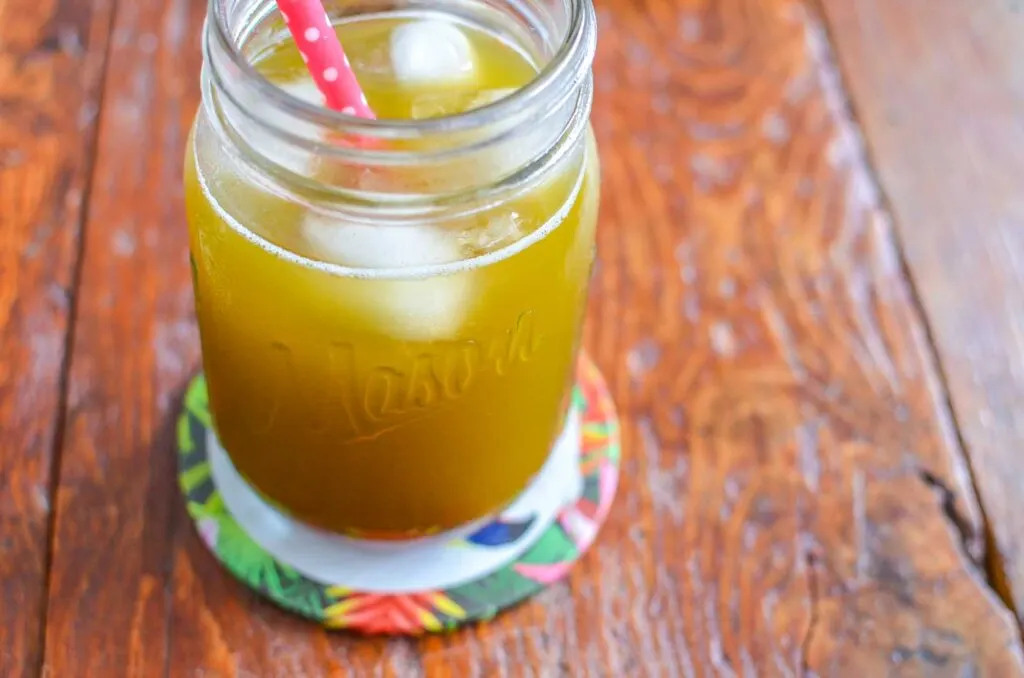
You might also be interested in reading…

Matcha Buying Guide… Different Types Of Matcha Powder
If you’ve tried to buy matcha before you might have noticed that the prices vary… A LOT.
There’s such a variance in the price of matcha because there are actually different grades of matcha powder. The two main types are ceremonial and culinary grade matcha.
You might also be interested in reading…
Comparing Grades of Matcha: Culinary And Ceremonial Matcha Powder
Ceremonial Grade Matcha Powder
Ceremonial grade is the purest and highest quality matcha powder on the market. The powder is made from only the first two leaves of every plant. And then from those they’re still sifted through to find the best ones.
So, it’s not surprise that ceremonial grade matcha powder is considerably more expensive.
The colour is a nice and vibrant green and the taste is a lot smoother and not as bitter.
Ceremonial grade should only be used for the traditional matcha ceremonies, when you drink straight matcha with minimal water. You don’t want to mix anything with ceremonial grade matcha.
As a beginner to matcha, I don’t recommend buying ceremonial grade, instead you should look at buying culinary grade matcha.
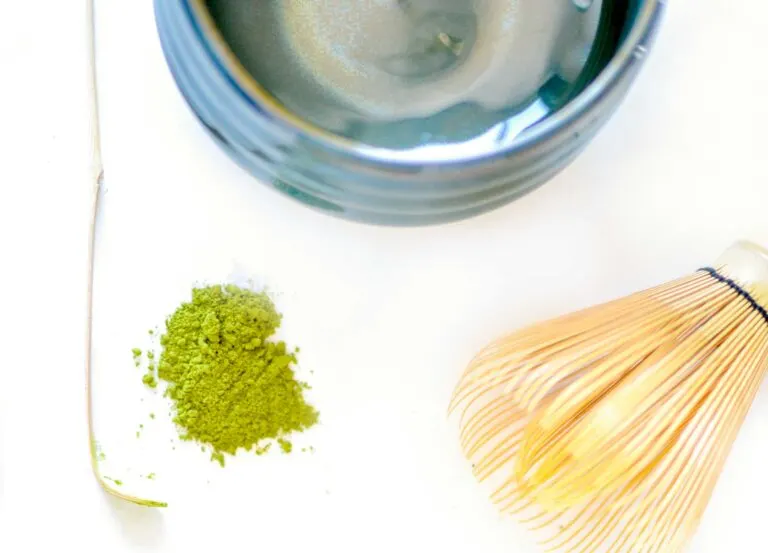
Culinary Grade Matcha Powder
Culinary grade matcha powder is about half the price of ceremonial, making it much more accessible for beginners!
The powder will be a darker green because it uses the rest of the leaves from the plant. This affects the taste, making it stronger and more bitter.
Due to the stronger flavours, it’s typically what’s used for cooking and in lattes! (P.S. See the best (and worst) flavoured matcha snacks to try!) .
I use the culinary-grade for everyday use and every once in a while I’ll buy the ceremonial to treat myself. I find the culinary is just a bit earthier tasting. But it makes drinking matcha a lot cheaper!
Ceremonial Vs. Culinary Grade Matcha On Amazon
Ceremonial Grade Matcha
Culinary Grade Matcha

P.S. Always Buy Organic Matcha Powder
It’s really important when buying matcha powder to always buy organic. Matcha is tea from Japan, and as I said, you’re ingesting the whole leaf, so you want to make sure you aren’t ingestion any radiation from the tea leaves.
If it is possible, you should ask if it’s been radiation tested. If you can’t you can just buy organic matcha.
I’ve used Elan Matcha, and was very happy with it. Lately, I’ve been buying my matcha from Tealyra, I find they have a nice variety of quality and price ranges to choose from.
Love Matcha?
Decorate your home with a downloadable & printable matcha wall art!
How To Make Matcha Tea At Home
You might not think that you need a matcha guide for how to drink matcha… but think again! It’s more complicated to make than your regular cup of green or black tea…

How To Make Matcha Tea The Traditional Way
As I mentioned, matcha tea is a centuries old way of drinking tea in Japan, and was a part of a larger tea ceremony. So there’s a traditional way to make matcha, but don’t worry, you can still do it at home.
To make matcha the traditional way, you will need a few products. The things you’ll need are a bamboo whisk (a chasen) and clay bowl (a chawan).
Prepare 60 ml of water at 80 degrees Celsius (176 Fahrenheit). Having the water at the right temperature will bring out the full aromas of the tea and avoid burning your tea.
If you don’t have a temperature controlled kettle, bring the water to a rolling boil and then let it sit there for about two minutes before pouring it.
Once your water is ready, pour it over your matcha powder in your chawan. You’re then going to quickly whisk the matcha in a W or M shape with your bamboo whisk. This is the tricky part! The goal is to get a nice light foam on top.
Enjoy your matcha straight from the chawan or add it to some steamed milk to enjoy a matcha latte!
How To Drink Matcha At Home – What You’ll Need
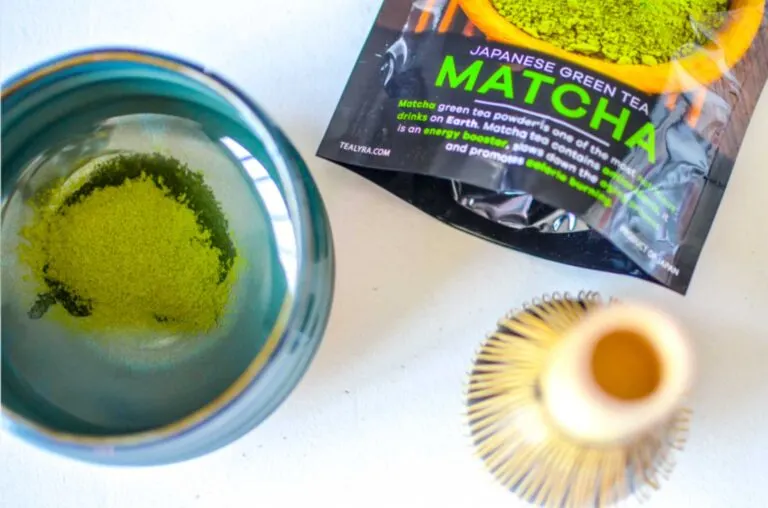
How To Make Matcha Tea For Beginners… Alternative Ways
As a beginner to matcha, you might not want to invest in a chawan and chasen right away. But that doesn’t mean you can’t still make matcha.
The most similar to the traditional method is to use a regular whisk in a cappuccino mug. You won’t get the same foam, but it still tastes the same!
My favourite was to use my Matcha Flask from T2 here. It simplifies the process of making matcha so much! And you can easily bring it with you on the go!
In the summertime, I simply use a mason jar to shake up some matcha powder with ice. I love making these iced matcha recipes. My favourite is raspberry matcha lemonade, see the full recipe here.
You can read a more in depth guides on my top 5 ways to make matcha without a bamboo whisk in my post here.










You might also be interested in reading…
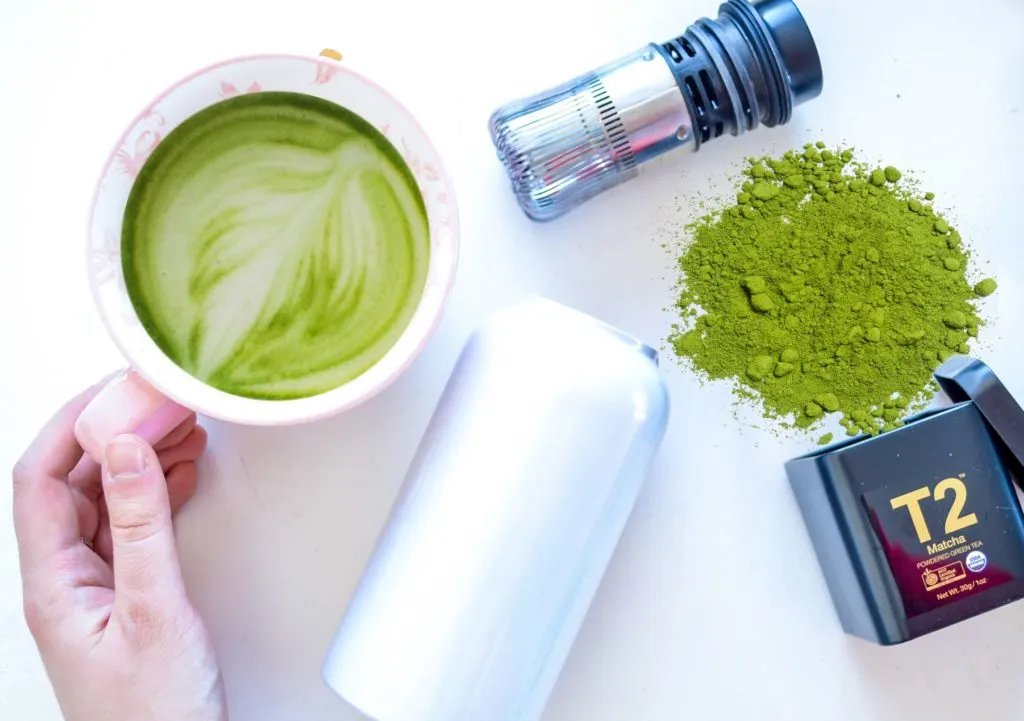
Quick Links – My Amazon Matcha Favourites
More Matcha!
- Alternative Ways To Make Matcha
- 5 Delicious Summer Matcha Recipes
- The Different Types of Japanese Green Tea
- The Best Matcha Green Tea Flavoured Snacks
- What’s The Difference: Matcha Vs. Green Tea
- Understanding The Different Grades of Matcha: Culinary Vs. Ceremonial
Click Image To Share Or Save For Later
Last update on 2024-05-01 / Affiliate links / Images from Amazon Product Advertising API


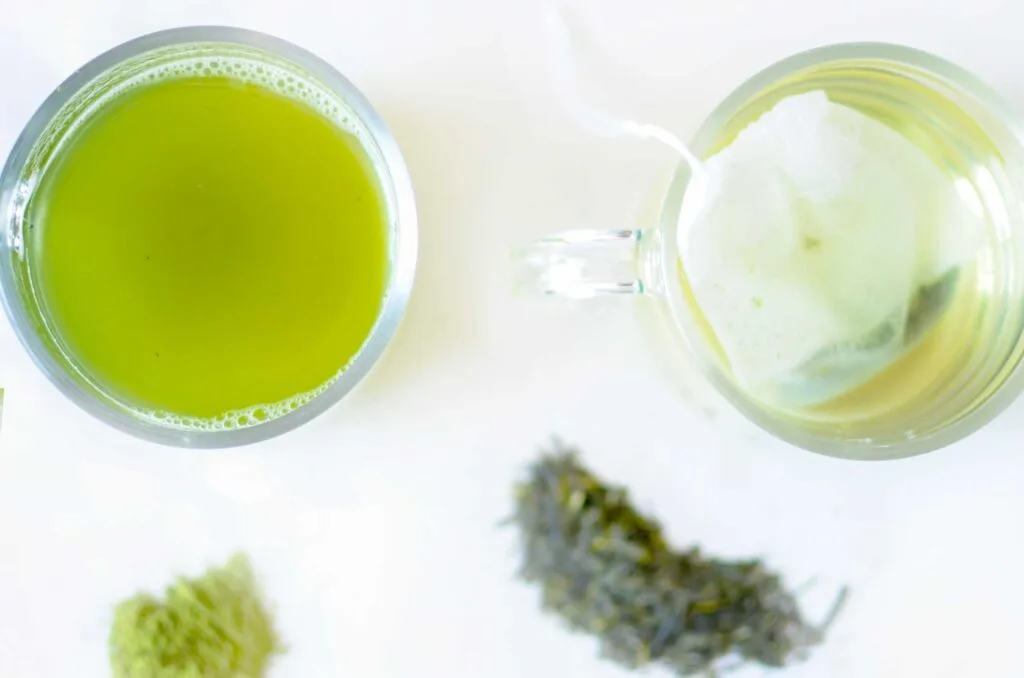
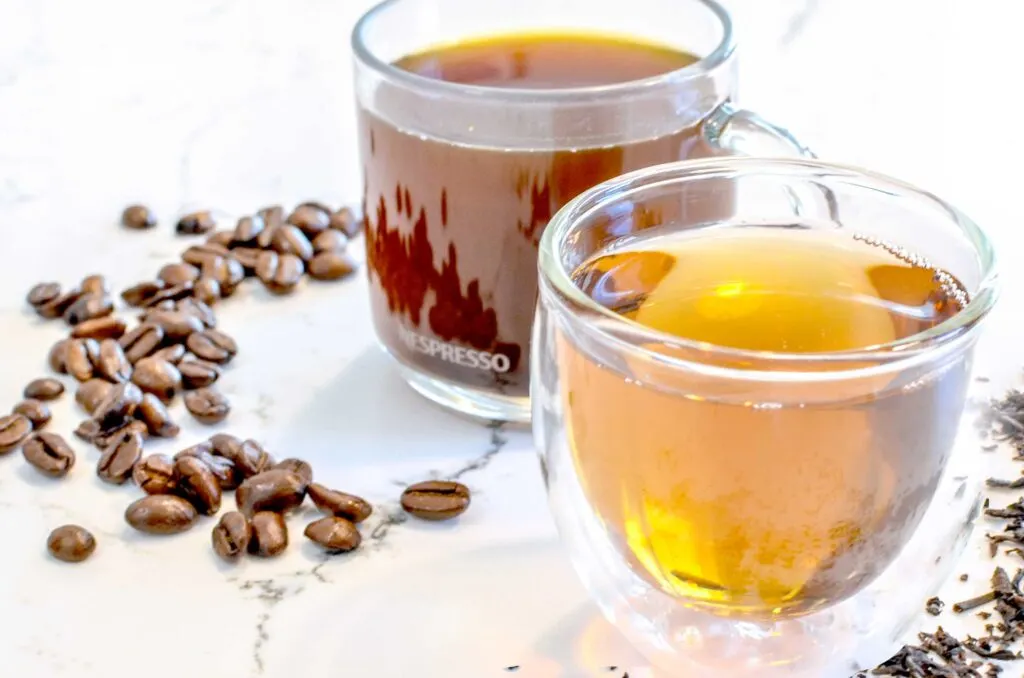
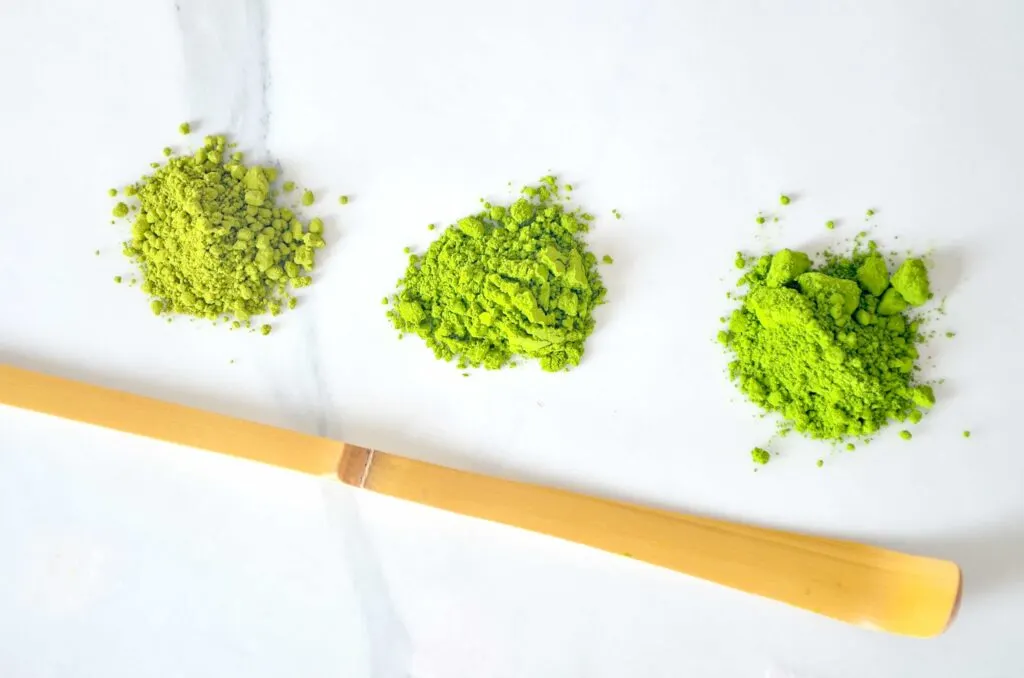


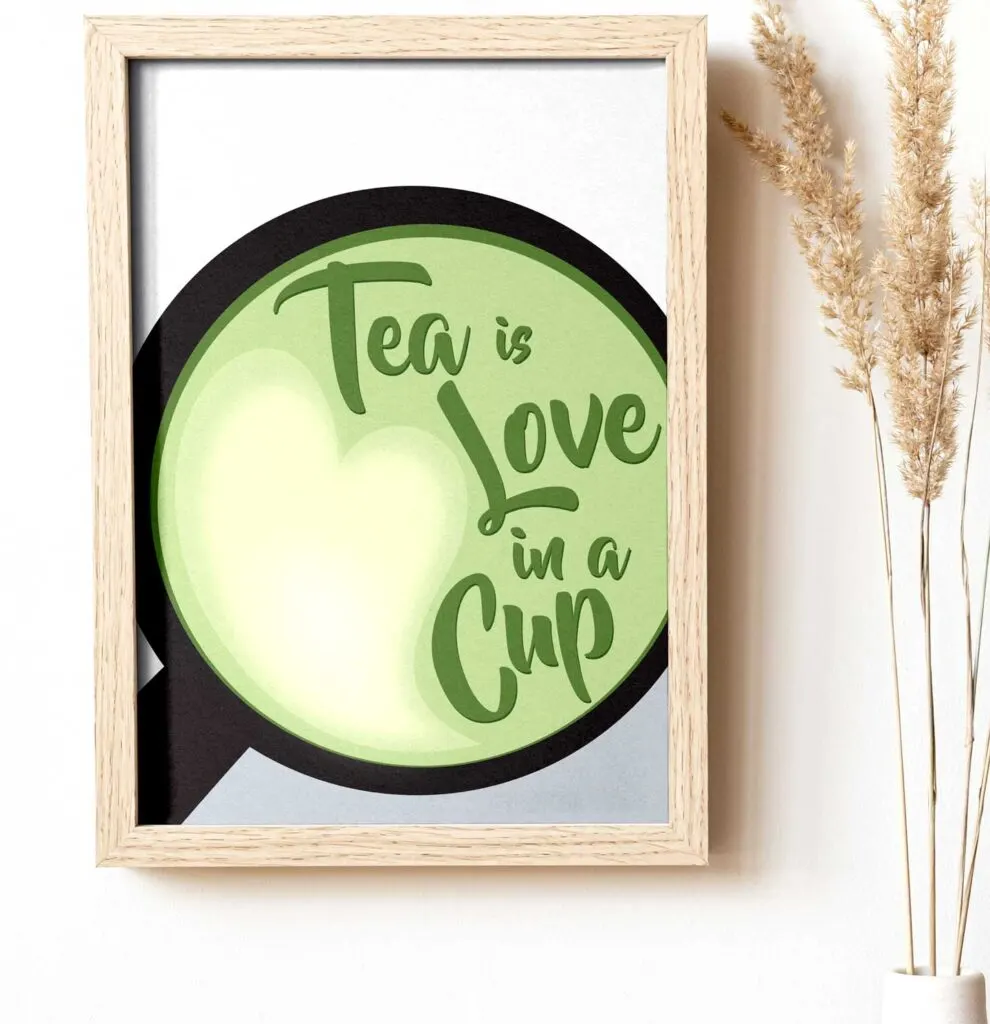








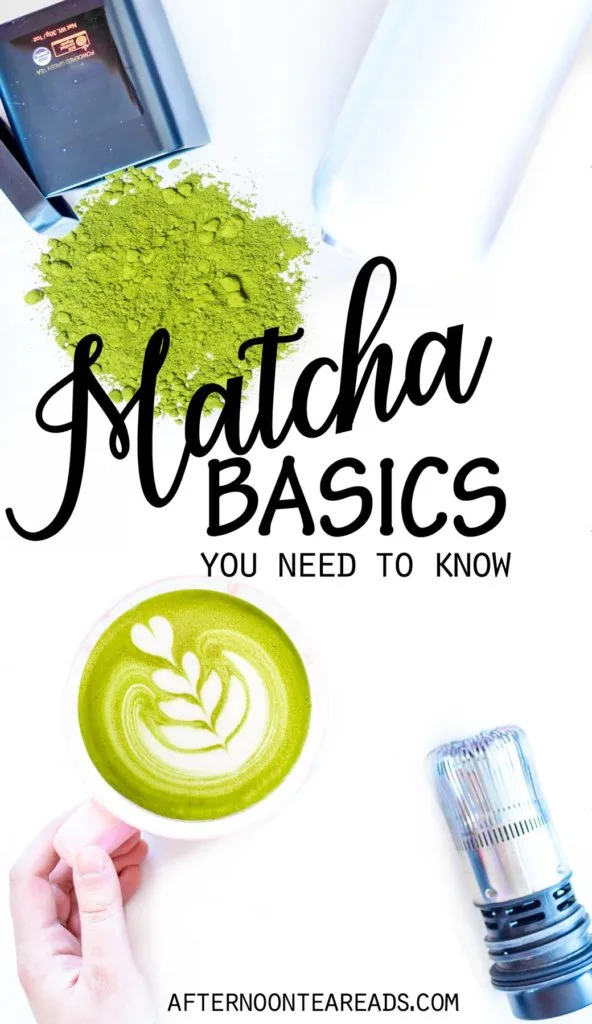
Comparing Grades of Matcha: Culinary And Ceremonial Matcha Powder | Afternoon Tea Reads
Wednesday 4th of August 2021
[…] P.S. New at matcha? Check out my beginners guide to matcha! […]
What Are The Different Types of Japanese Green Tea? | Afternoon Tea Reads
Thursday 27th of May 2021
[…] most types of Japanese green teas, there are several different qualities of Matcha. Read more about the basics of matcha, or go more in depth about the differences between matcha and green tea. Buy Matcha on […]
Matcha and Green Tea: Is There A Difference? | Afternoon Tea Reads
Saturday 9th of January 2021
[…] Everything You Want To Know About Matcha […]
5 Iced Matcha Recipes To Enjoy All Summer | Afternoon Tea Reads
Thursday 23rd of July 2020
[…] P.S. Don’t know the difference between ceremonial and cooking grade matcha? Read my post on what you should know about matcha! […]
Do You Need a Bamboo Whisk To Make Matcha? | Afternoon Tea Reads
Wednesday 1st of July 2020
[…] P.S. Need to brush up on your matcha knowledge? Read my post on everything you need to know about matcha here! […]